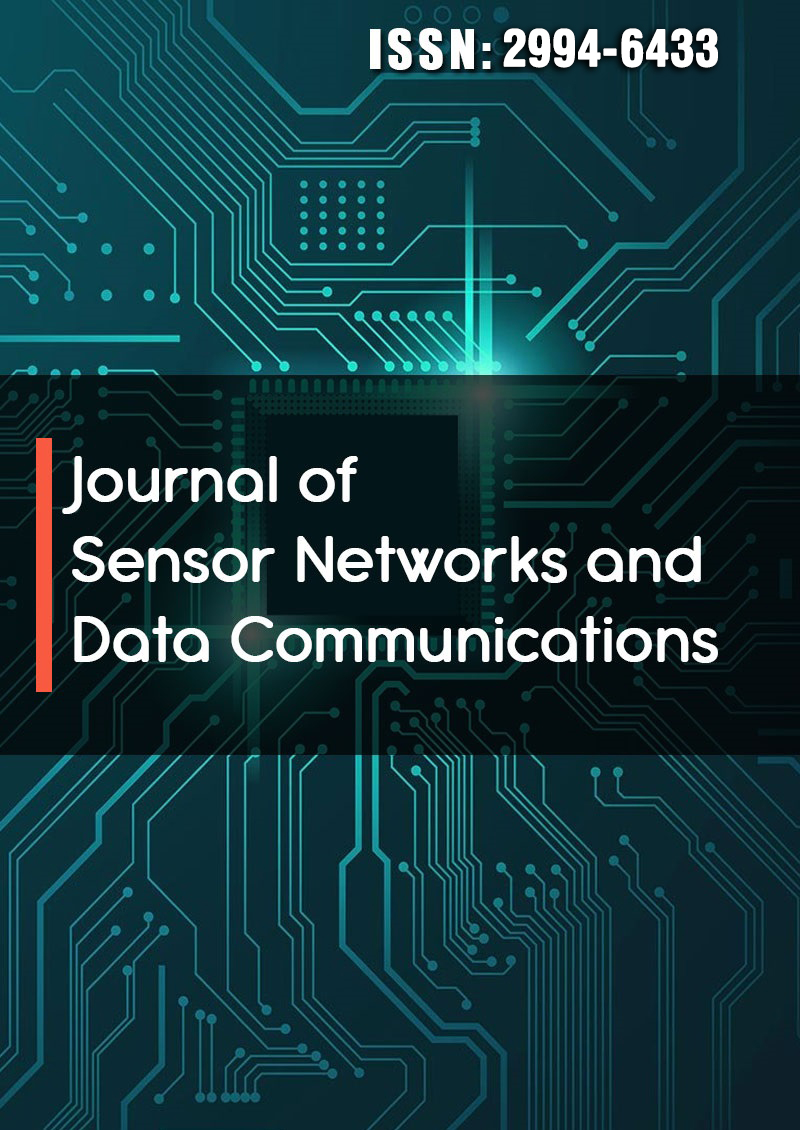Flood Risk Mapping: Quantifying Topographic Wetness Index to Determine Flood Risk Zones for Mutoko District in Zimbabwe
Abstract
Ezra Chipatiso
Slope and topography help to describe the shape and relief of the land, allowing the hydrological and terrain analysis of a region by generating topographic wetness index (TWI). In this study the TWI is calculated using a digital elevation model raster layer. Spatial analyst tool and map algebra in ArcGIS was utilized to calculate slope, flow direction, flow accumulation, radian of slope, flow accumulation scaled, tan of slope, and ultimately TWI. Given that the TWI concept is less suitable in flat areas due to undefined flow directions, Mutoko District was chosen for this study due to its variations in topography. The index helps to quantify topographic control on hydrologic processes, terrain driven variation in soil moisture, and is highly correlated with several soil attributes such as horizon depth, silt percentage, organic matter content and phosphorous. However, TWI utilizes topographic elements of landscape to determine water flow and accumulation, and does not take into account additional information such as soil type or rainfall, which would be necessary for comprehensive assessment of flood risk zones. Availability of meteorological and hydrological data in addition to a digital elevation model (DEM), provides a more dynamic approach for comprehensive analysis, allowing dynamic simulations of spatially distributed water storage that can be used to derive alternative wetness indices.



